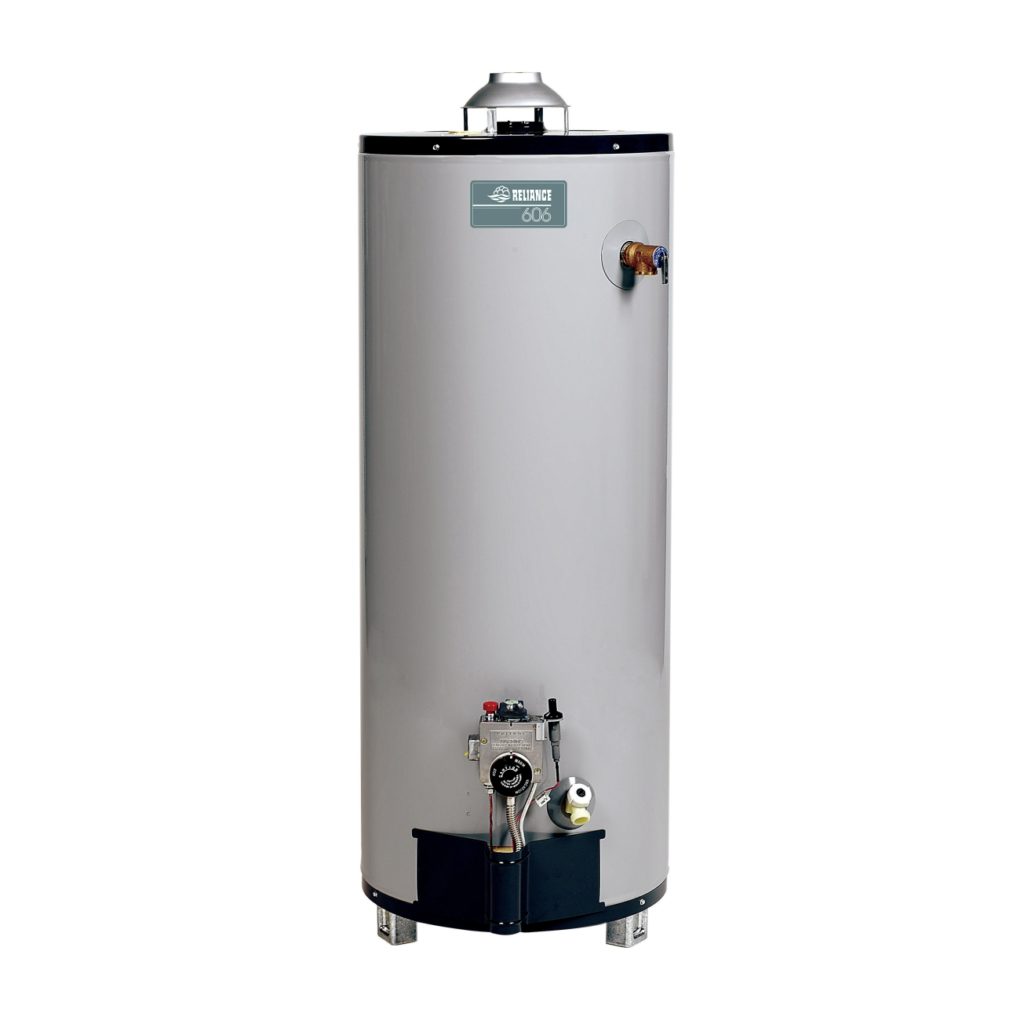
The U.S. Department of Energy (DOE) recently put in place a new policy regulating the efficiency of heating systems. Starting January 1st, 2015, manufacturers of water heaters are required to meet a Heating Seasonal Performance Factor (HSPF) of 8.2, up from a previously floor of 8.0. The new regulation marks a trend in federal regulation that seems to promote environmentally conscious manufacturing.
For the majority of readers unfamiliar with the concept Heating Seasonal Performance Factor (HSPF), it essentially deals with the energy efficiency of your water heater. It is computed by comparing the total heat expensed with the total energy expensed. Speaking analogously, an HSPF score applies to your AC unit much like miles per gallon does to your automobile. The higher the HSPF score the more energy efficient your water heater functions.
The new regulation from the DOE is primarily aimed at manufactures. It necessitates that manufacturers produce only water heaters with an HSPF score that meets or exceeds an HSPF rating of 8.2. As a result, customers purchasing new water heaters should expect to pay more for higher efficiency models that will be produced in the coming year. However, there is a stipulation to the recent regulation that may drive down prices for some consumers. The DOE offers and eighteen month grace period to manufacturers during which they are permitted to sell off inventory that fails to meet the HSPF floor of 8.2. In order to move the inventory before the deadline approaches, manufacturers will no doubt be forced to drop their price.
We feel the DOE’s recent regulation of water heaters was a long time over due and more than fair. It will ultimately benefit the consumer in the long run as it drives down their monthly energy bill. Moreover, it is nice to see the responsibility of environmental conservation falling on the manufacturer rather than the consumer.



